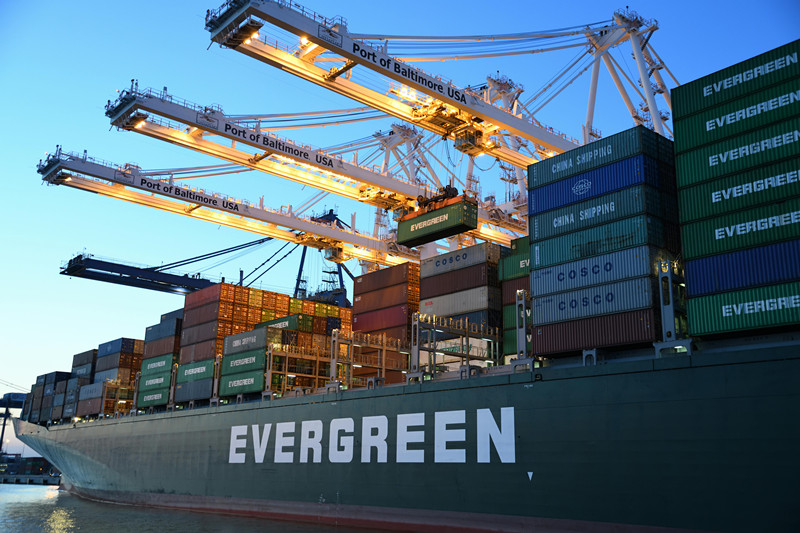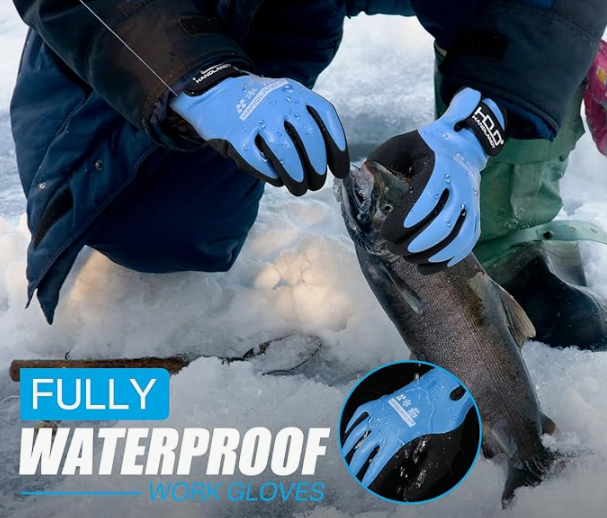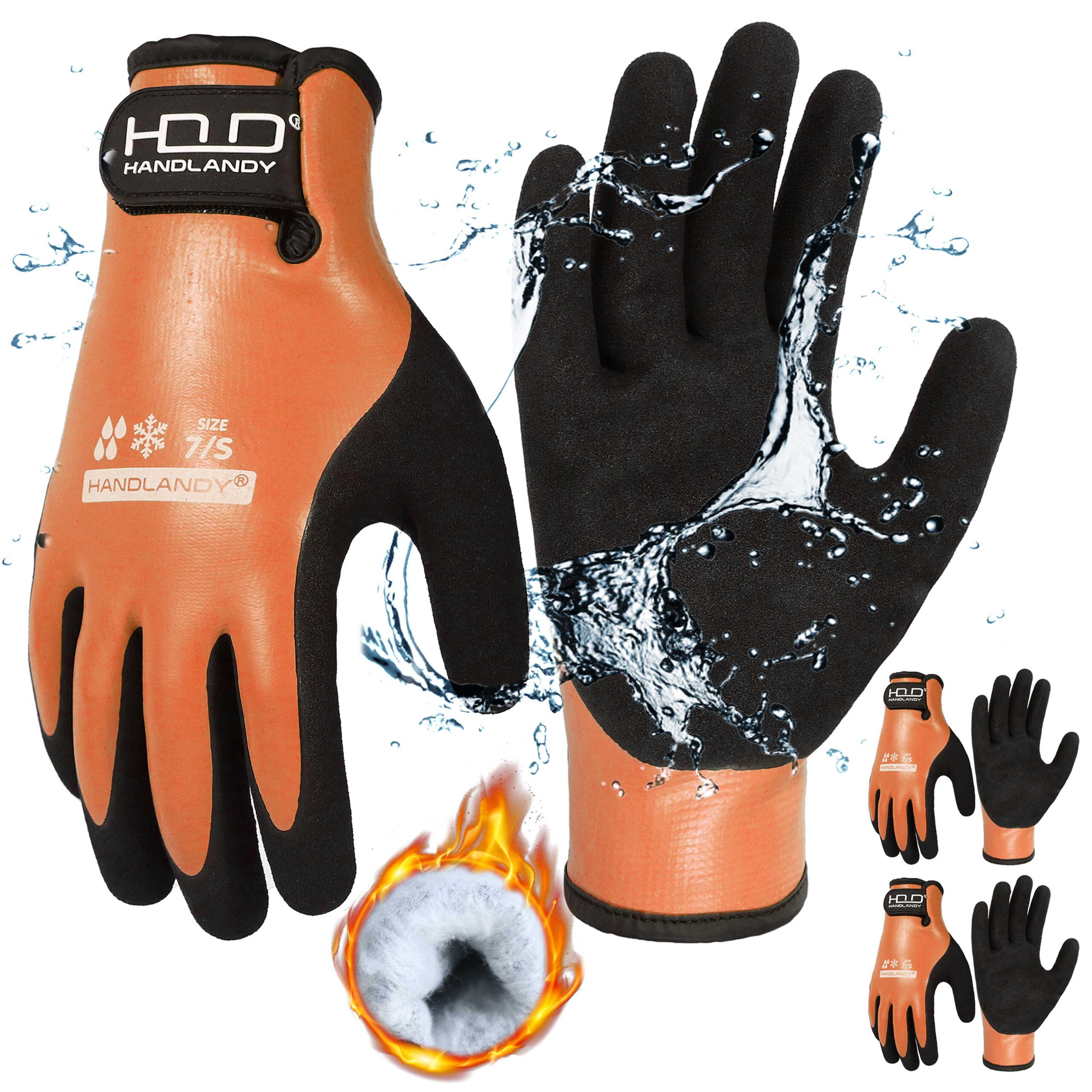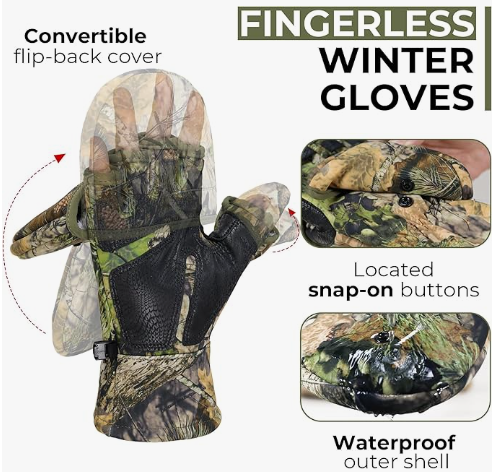Importing PPE (Personal Protective Equipment) from China might sound complicated, but trust me, it’s manageable if you know the steps. I’ll walk you through everything you need to know to get your products cleared and delivered without a hitch.
1. Get Ready Before You Start
First things first, preparation is everything. Here’s what I always focus on:
- Know Your Product Codes: Every product has an HS (Harmonized System) code. It tells customs what you’re shipping and determines taxes and regulations. Find the right one for your PPE.
- Meet Compliance Standards: Your PPE must meet safety standards in both China and your destination country. This is non-negotiable.
- Pick the Right Supplier: Choose a supplier you can trust. They should provide all the certifications you’ll need, like ISO or FDA approvals.
2. Gather All the Right Documents
Documents are key to customs clearance. You’ll need:
| Document | Why It’s Important |
|---|---|
| Commercial Invoice | Shows the details of your transaction and value. |
| Packing List | Explains what’s in the shipment. |
| Bill of Lading | The agreement with your freight company. |
| Certificates | Confirms your PPE meets safety standards. |
| Import Licenses | Required for some items depending on your country. |
Without these, you’re in for delays, and nobody wants that.
3. The Export Process in China
Here’s what happens on the China side:
- Customs Declaration: Your supplier submits all necessary paperwork to Chinese customs.
- Product Inspection: Some PPE products might be inspected for quality and safety.
- Export Taxes: Check if export duties apply to your products.
Make sure your supplier handles these steps smoothly.
4. Shipping and Logistics
This is where a good freight forwarder makes life easier. Here’s how I approach it:
- Hire Experts: Work with a forwarder who knows PPE shipments and global logistics.
- Agree on Terms: Decide on Incoterms like FOB (Free on Board) or CIF (Cost, Insurance, and Freight).
- Get Insurance: Shipping insurance is a must. It’s peace of mind in case something goes wrong.
5. Customs Clearance in Your Country
Once your shipment arrives, you need to get it through customs. Here’s what happens:
- File Entry: Submit all those documents I mentioned earlier.
- Pay Duties and Taxes: Calculate and pay the necessary import fees. This depends on your product’s HS code.
- Compliance Checks: Be ready for inspections. Customs might check if your products meet local safety rules.
6. Wrap Things Up
Once everything’s cleared:
- Get Your Delivery: Arrange transport from the port or airport to your warehouse or customer.
- Keep Your Records: Hold onto all your paperwork. It’s important for audits or future shipments.
- Stay Updated: Regulations change, so always check for updates to avoid surprises.
Bottom Line
If you want your PPE imports to go smoothly, the key is preparation. Make sure you’ve got your documents in order, work with reliable suppliers, and hire a freight forwarder who knows their stuff. When everything’s organized, the process isn’t as scary as it seems.









2 Responses
I think this web site has some real wonderful information for everyone : D.
Thanks a ton for the shout-out—knowing the site was helpful to you just made our day.
We’ll keep the good stuff coming!
All the best,